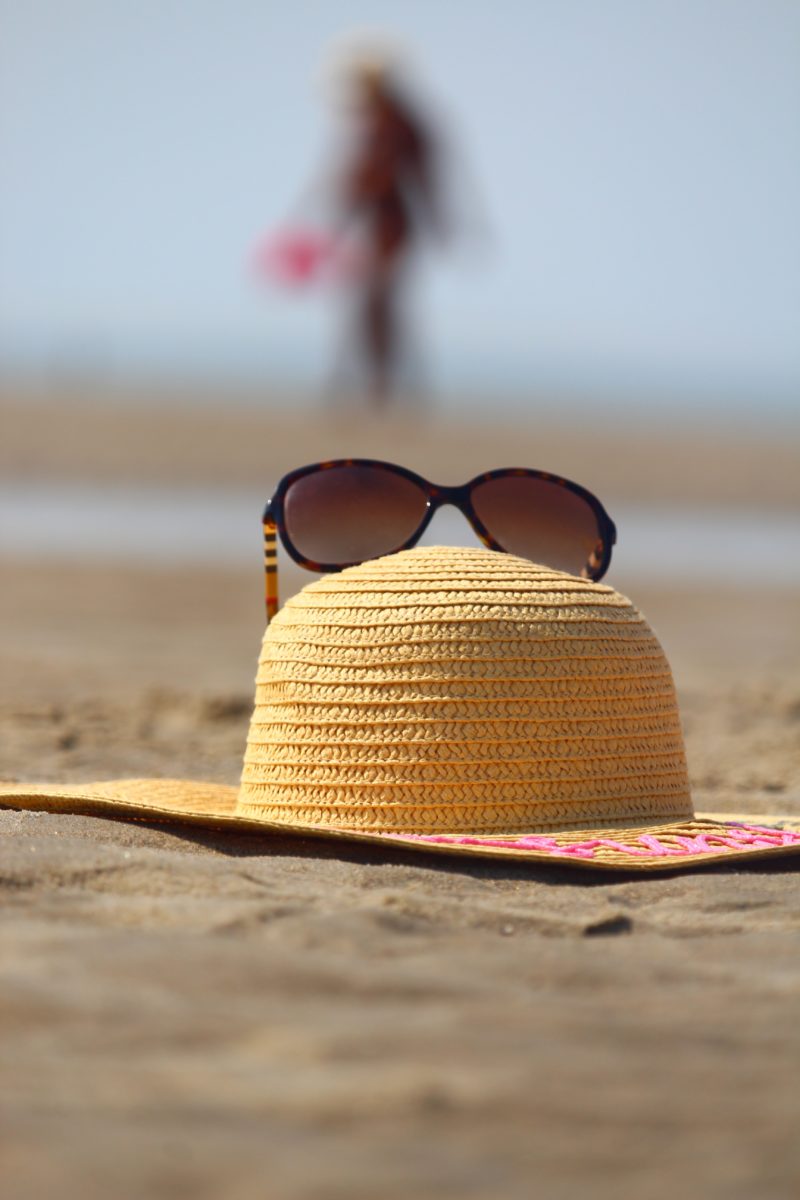After so many months in lockdown, it’s natural to want to soak up as much sunny outdoor time as possible this summer. But with the dangerous effects of UV rays ranging from mild burns and heat exhaustion to skin cancer – it’s important to keep sun safety top of mind during all of your adventures.
Here are some tips to stay sun-safe this summer and beyond.
Sunscreen: your first layer of protection
Think you can skip the sunscreen? Think again. Not only does sunscreen help prevent sunburns, but it can also help prevent premature aging (think leathery skin and wrinkles) and skin cancer. When choosing a sunscreen, look for one that is water-resistant, labelled “broad-spectrum” or “full-spectrum” to protect against both UVB and UVA rays, and has a minimum SPF of 30.
Water-resistant sunscreen doesn’t mean waterproof. Here is a list of dermatologist-approved sunscreens from the Canadian Dermatology Association.
Sunscreen quick tips
- Adults needs about two to three tablespoons of sunscreen to cover their body, and an additional teaspoon to cover the face and neck.
- Don’t forget to apply sunscreen to often-forgotten areas like your neck, ears, nose, back of the arms and lips. For your lips, you can use a lip balm with SPF protection.
- Try to put your sunscreen on 20 minutes before you go outside.
- Use sunscreen even if you have cosmetics products with built-in SPF, as they often don’t provide the kind of adequate coverage you truly need.
- Apply sunscreen before applying other products like bug spray, makeup or any other products.
- If your sunscreen is past the expiry date or has changed colour or smell, it’s best to throw it out.
- Avoid storing your sunscreen in a place that can reach high temperatures, these can actually make sunscreen less effective.
- Yes, you can still get burnt if it’s cloudy outdoors! Use sunscreen daily to best protect yourself.
- You can find free sunscreen at city parks this summer in Toronto thanks to the Be Sun Safe program. Learn more here.
Wear UV protective clothing

While all clothing can provide some level of protection against UV rays, you can get specially made sun-protective clothing. This specifically designed material (usually tightly woven to allow less light to come through) comes with a UPF (ultraviolet protection factor) rating that indicates how much UV ray is blocked by the fabric. You can find shirts, pants or shorts, hats, swimwear and more that have a UPF rating. Aim to buy clothing with a UPF rating of 40-50. Remember to apply sunscreen to exposed areas!
Choose shade over sun
While sunscreen is a great first defence against UV rays, it doesn’t guarantee 100 per cent protection. Increase your odds of staying safe by seeking shade under a large tree, a sun umbrella, an awning, a tent or another structure when possible. Wearing things like wide-brimmed hats, baseball hats with flaps that cover the head, neck and ears and cool, long clothing is also helpful.
Avoid peak hours
UV rays are usually at their strongest anywhere from 11 a.m. to 3 p.m. Aim to limit your sun exposure during this window and seek shade when possible. You can check the daily strength of UV rays here.
Know your skin
Some people are naturally more susceptible to burns than others and should use extra caution. This includes people with fair skin, red hair, blue eyes, moles, freckles, people with a family history of skin cancer and more. Certain medications or creams, such as exfoliating acids, antibiotics or immunosuppressant drugs, can also make your skin more sun-sensitive.
Simple precautions can make a huge difference for your health. Show us how you’re being sun-safe on social media and tag us @UHN.foundation!
